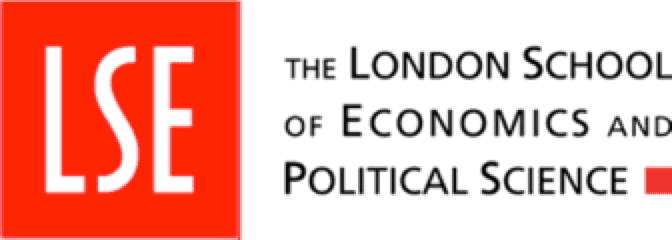From aid-driven to investment-driven models of sustainable development
This paper makes the case for a big push on investments for sustainable development in emerging markets and developing economies (EMDEs). It identifies priority sectors for such investments that have had high-level endorsement at multilateral gatherings over the last few years. It discusses the implications of a big investment push for absorptive capacity at both macroeconomic and microeconomic levels, and for access to finance. It provides an empirical framework based on currently available data that can be improved over time as new information becomes available and priorities get updated. It does not provide an exhaustive list of all the investment priorities that individual countries or development agencies have identified. For example, the range of estimates for adaptation investments is very large and requires additional work to unpack. As another example, gender-responsiveness and disability-inclusion are typically not integrated into the estimates. Such uncertainties can lead to a broad range of answers to the question of how big an investment push is needed. Our paper provides some granularity on this matter as a contribution to the work of the Independent High-Level Expert group (IHLEG) on climate finance and the forthcoming report of this group on the roadmap from Baku to Belem.
Amar Bhattacharya, Homi Kharas, Charlotte Rivard, and Eleonore Soubeyran, From aid-driven to investment-driven models of sustainable development, Center for Sustainable Development
Global Economy and Development, Brookings Institution (2025).

